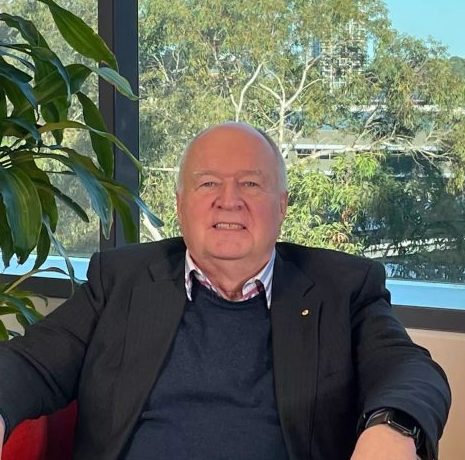Transcript:
The current European Society of Cardiology guidelines as well as all other international guidelines clearly state that the measurement of cardiac troponin is mandatory in all patients that present with suspected acute Myocardial Infarction to the emergency department.
So it’s, therefore, an incredibly valuable tool for us as clinicians. We cannot make a reliable diagnosis of acute MI without cardiac troponin, and also we cannot reliably exclude acute myocardial infarction as the cause of acute chest pain without having high-sensitivity cardiac troponin available.
So both the doctors, as well as the hospitals, also will derive great benefit if they are now able, when applying the 1-hour algorithm, to have a definite diagnosis and management decision – more or less 2 hours earlier.
So, if rather than having the measurement performed after 3 hours, after 1 hour, you get the additional information that for sure shortens time to decision and shortens the length of stay in the emergency department. So therefore it has clear operational benefits to the hospital.
We expect that the clinical application of the 1-hour algorithm will result in a substantial reduction of hospital expenditure, just because the time in the emergency department is the major driver of cost and whenever we are able to safely reduce the time in the emergency department, then we are also able to reduce costs.
And that’s really possible with the 1-hour algorithm, particularly because we are able to do savings in the rule-out zone. Please remember, patients in the rule-out zone usually have completely benign disorders, so it’s really not necessary to keep them for hours and hours in the hospital.
It’s not at all beneficial if any kind of additional cardiac tests are done in these patients because they are having non-cardiac diseases. Therefore, we have a lot of opportunity both to improve patient well-being, because they do not need to undergo unnecessary tests, but also, we have a great opportunity to reduce healthcare costs.


















